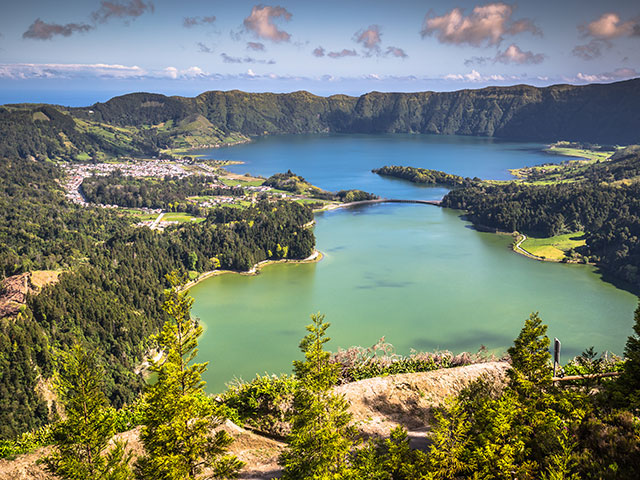Azores
Featured locations
The hidden gem of the Atlantic.
9 volcanic islands full of surprising idilic places and where Sustainability is the the heart of the people and communities.
The Azores is a hidden gem in the middle of the Atlantic Ocean. Is a group of nine volcanic islands located approximately 1,500 kilometres off the coast of Portugal, and is a destination that is often overlooked by travellers.
But those who do venture to this hidden gem are rewarded with breathtaking natural landscapes, vibrant culture, and unforgettable experiences.
In 2019 the Azores has been officially recognized as the world’s first island archipelago to be certified under the EarthCheck Sustainable Destination program, making it one of the most Sustainable Tourism destinations in the whole world.
Is also an official Unesco Biosphere Reserve.
But the reward didn’t stop this region as they are committed to becoming an even more eco-friendly destination each and every day.
Why are these places one of the most sustainable in Portugal?







